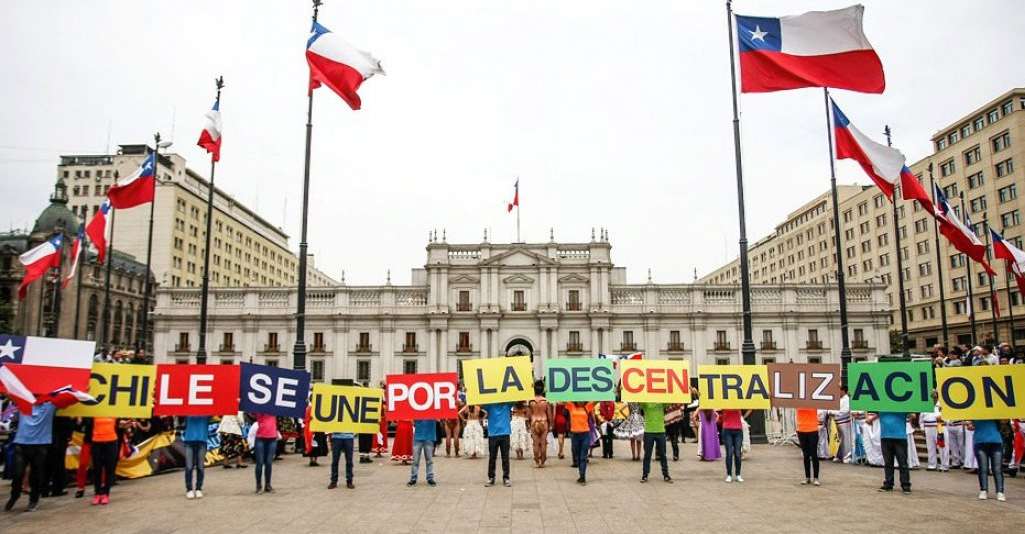The administrative and fiscal structures that today define the territorial organization of Latin American countries are heirs to multiple pasts, whose deep roots lie in their colonial experiences. For Spanish America, the Bourbon legacy of the 18th century imposed a centralist tradition aimed at strengthening the Crown’s fiscal control, while Portuguese colonization in Brazil cultivated a more organic decentralization. After independence, this initial divergence widened: the Spanish-American territories oscillated between federalist experiments and abrupt recentralizations, always to the rhythm of civil wars and interstate conflicts that forged their national states. Thus, current models of territorial governance bear the indelible mark of centuries of institutional trial and error.
These processes crystallized in constitutional orders that institutionalized the degree of decentralization in each nation. In federations such as Argentina, Brazil, and Mexico, subnational autonomy stands as an original right, not a simple concession from central power. Argentina articulates this principle through provinces with full-fledged governments and a mixed fiscal system combining their own taxes with the always contentious federal revenue-sharing scheme. Brazil radicalizes this logic by even constitutionalizing municipal autonomy, supported by local taxes such as the ICMS (Tax on the Circulation of Goods and Services). Mexico, on the other hand, presents a tempered federalism where states, despite their formal autonomy, remain financially dependent on federal transfers—heirs to a centralist tradition.
Meanwhile, countries such as Chile, Peru, and Colombia have been dominated by a centralist tradition, with brief periods of decentralization that tend to be reversed. Chile embodies pure centralism: even with elected governors, its fiscal autonomy is minimal, and essential services such as health and education are directed by national ministries. Peru lies in a decentralizing limbo, where nominal regional governments operate under Lima’s tight control of mining revenues and other resources. Colombia, in turn, inhabits a paradox: it has built a notable administrative decentralization in which territories manage vital services, but they do so with resources that are not their own—evidencing the fundamental contradiction between decentralized spending and centralized revenue collection that defines the region’s unitary states.
A comparison of recent fiscal data reveals decisive structural patterns in the territorial organization of these three countries. Colombia stands out with a singular peculiarity: it holds the highest degree of decentralization of public spending among them, with territorial governments (departments and municipalities) executing a significantly larger share of resources than their Andean peers—about 40% of total general government spending, notably higher than Chile’s 25% and Peru’s 20%, according to ECLAC data. However, this operational autonomy is deceptive, as the overwhelming majority of its revenues come from central transfers through the General Participation System (SGP), exposing a deep financial dependence on the national level. Chile, for its part, represents centralist consistency: its central government concentrates most public spending (75% of the total), while regions, provinces, and municipalities depend almost entirely on funds such as the National Fund for Regional Development, with minimal own-source revenue. Peru completes this panorama with the most extreme model of fiscal concentration (80% of spending decided centrally), where even redistribution mechanisms such as the mining canon are so tightly regulated by the central government that they fail to alter the logic of territorial dependence.
Colombia’s paradox manifests as a truncated decentralization: the country executes in a decentralized manner but collects centrally. While Chile and Peru maintain centralist coherence, Colombia has created a hybrid in which territories administer crucial services with external resources. This contradiction intensifies at the departmental level, where the 1991 Constitution promised a territorial balance that never fully materialized. Three decades of reforms have turned departments into passive administrators of the SGP, with fiscal autonomy reaching only between 10% and 15% of their revenues. Departments bear strategic responsibilities—from managing high-complexity hospitals to watershed management—yet operate with their fiscal hands tied by the central government. Moreover, while major cities like Bogotá or Medellín mobilize robust local revenues, most departmental governments languish without autonomous resources. This divorce between competences and financial capacity has created an atrophied system, where Colombian decentralization remains a halfway project, trapped between the rhetoric of autonomy and the reality of a fiscal centralism that suffocates territorial development.
Chile, Peru, and Colombia share recent attempts to reform their regions’ fiscal competences, albeit through divergent strategies. While Chile has gradually advanced outward from the center since the 2018 regionalization reform, Peru and Colombia have opted for the opposite path, promoting reforms from the central level. The recent Organic Law of Competences introduced in Colombia in September of this year illustrates this model: although it seeks to define territorial responsibilities in education, health, and infrastructure with the new SGP resources, the bill fails in its essential purpose. Rather than clarifying competences, it repeals key regulations without establishing replacement mechanisms, omits to define the concrete distribution of resources—creating a serious financial risk for municipalities—and establishes a Superior Council of Autonomy controlled by national entities that bureaucratizes decision-making. In addition, it delegates crucial aspects to unspecified “future regulations” and reintroduces reforms already agreed upon by Congress, disregarding previous consensus. The initiative, instead of providing clarity, deepens uncertainty.
Following the reform to the SGP approved in 2024, Colombia is attempting what could be called a “controlled landing” of decentralization, merging the legal clarity that Peru failed to implement with a resource injection that Chile has applied more gradually. This crossroads reflects the Colombian paradox: the country seeks to perfect a mechanism like the SGP, which already enables an exceptional operational decentralization in the region—though still subject to the fiscal will of the center. As is often the case in Latin America, the final success will not depend on written laws but on the elusive alchemy between political will, institutional heritage, and management capacity in the territories.
Machine translation, proofread by Ricardo Aceves.














